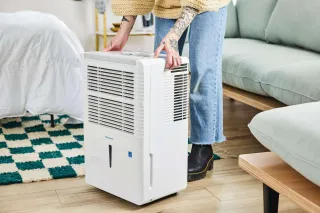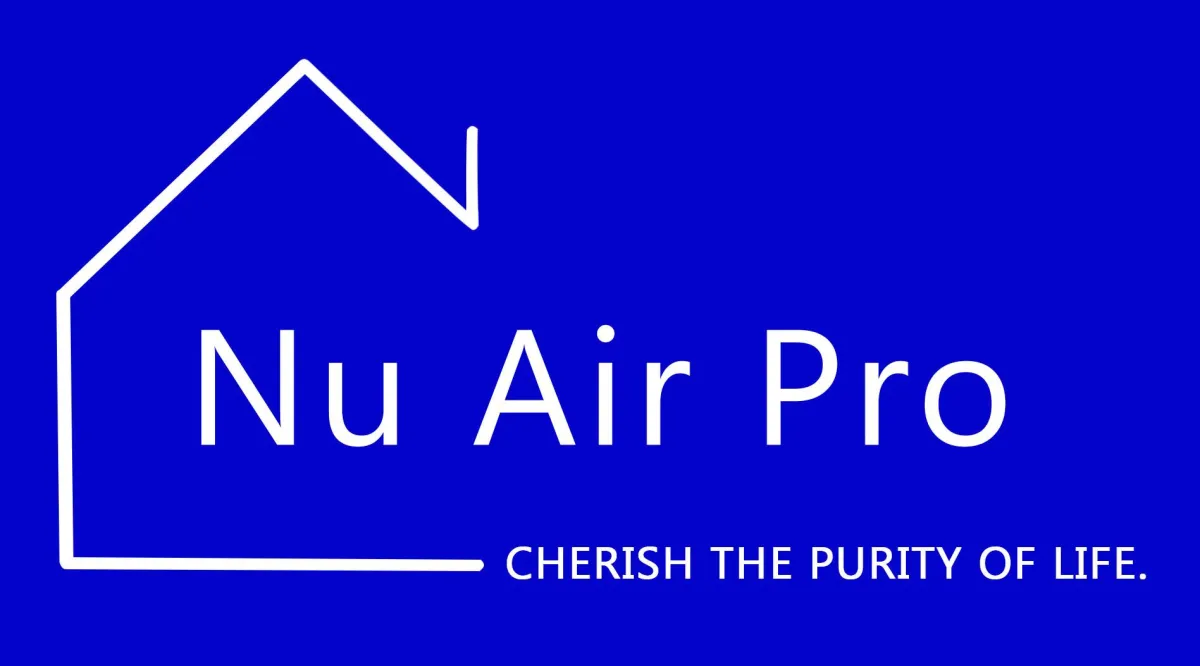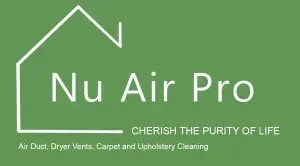

CR'S GUIDE TO DUST CONTROL
Even if you take the precautions listed earlier. to keep dust out of your living space,
some will still get in. When it does, your goal is to limit its spread in the air.
Then, when the dust settles, we have the best methods and tools
for whisking it away.
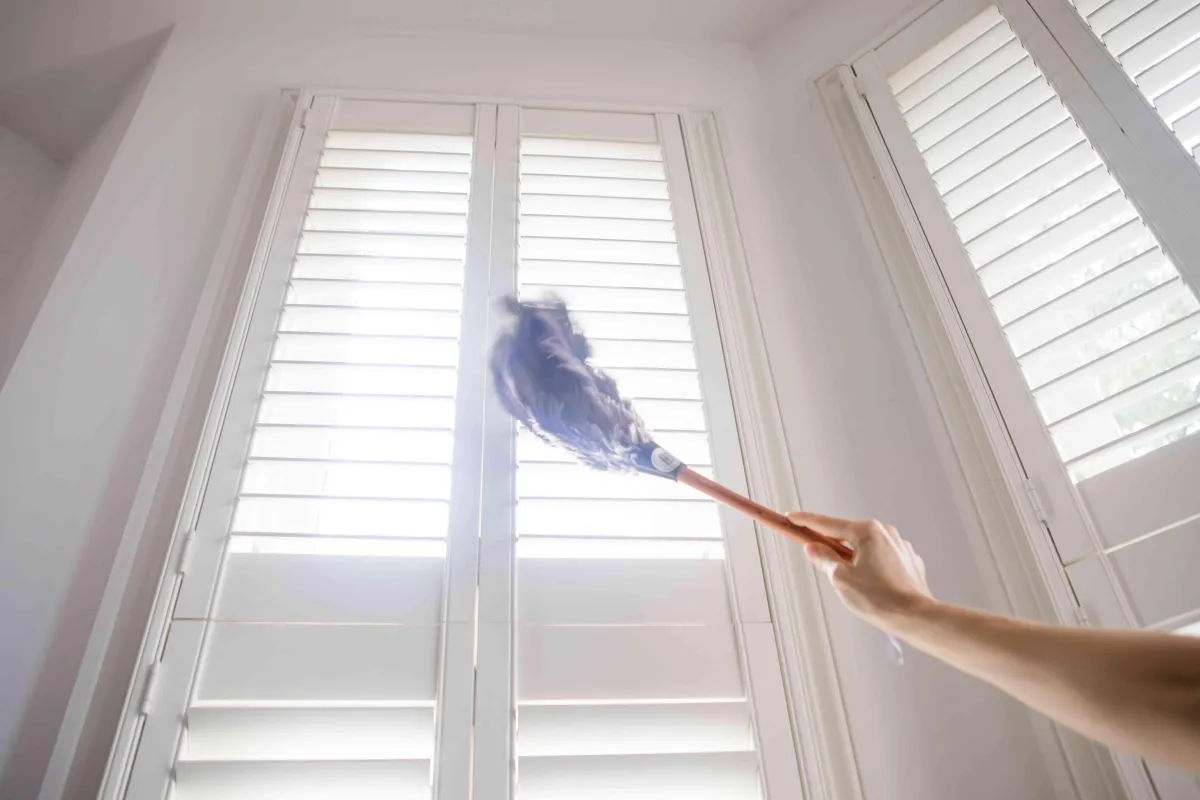
In Your Air
Air Purifiers
These devices draw in air that's in your home, trap pollutants with filters that are in the devices, then send clean air back out. HEPA filters, the most common. type found in air purifiers, are designed to capture at least 99.97 percent of particles 0.3 micrometer in diameter- the size of many dust particles.
WHERE TO USE THEM: Air purifiers should be placed in the rooms where you spend the most time, and close to things- h as a fireplace, a wood stove, or your pet's favorite resting place-that may create a lot of dust. They work best when they're run 24 hours a day, 365 days a year. That constant cleaning reduces particulate matter (aka dust) before it reaches your floor. But because the devices are on all the time, you'll want ones that do a great job cleaning your air without making a racket. Place them at least 6 inches from any wall or large piece of furniture to allow for good airflow.
KEEPING THEM CLEAN: For the devices to work well, air purifier filters need to be regularly cleaned or changed. Many of the devices have a light indicating when the filter needs to be replaced. For those without the light, check the filter every three months and change or clean it when it looks dirty. They also often come with a prefilter, such as a mesh fabric on the outside of the device. So make sure you follow instructions for keeping that clean, too. New filters, especially HEPA filters, can be pricey, with some costing to $200. Factor in those costs when choosing an air purifier. To help in that effort, CR's ratings factor in information about the cost of filter replacements.
PRO TIP: Keep your air purifier on auto mode. That limits noise, reduces energy consumption, and ensures that the air quality in your room is optimal.
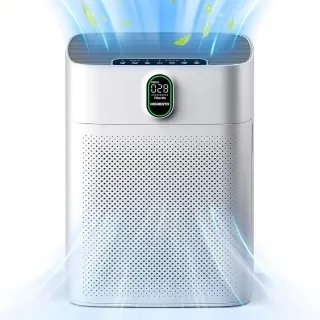
HVAC Air Filters
If your house has an HVAC heating and cooling system, it has a filter that protects the equipment from damage and improves indoor air quality. Basic models are made from strands of fiberglass or metal mesh and capture large particles. Higher-end filters are pleated and can capture particles as tiny as bacteria. Their performance is reflected in something called their MERV rating. which ranges from 1 to 16. Filters with a MERV of 8 can capture pollen, mold spores, and many types of household dust. At MERV 13-the highest rating you'll find for most of the popular residential HVAC filter sizes-you can count on the filter to trap bacteria, smoke, and other. microscopic particles. They can cost $40 or more.
WHERE TO USE THEM: These air filters belong in your HVAC system's return air duct. Because these systems work in a loop-drawing in air through your home's return vents and then releasing warm or cool air through supply ducts and vents-dust and dirt are bound to get caught up-in the continuous circuit.
HOW TO MAINTAIN THEM: Most HVAC filters need to be replaced once per season (roughly every three months), says Misha Kollontai, who manages CR's air filter testing. But some can last as long as 12 months, depending on the model. Replace filter them more often if you have a pet, live in an area of the country that's prone to wildfire smoke, or suffer from allergies or asthma. Replacing the filter is a simple job that typically involves slipping out the old one and sliding in a new one. If you are unsure how to do this, ask the person who services your home heating or cooling system to show you during their next visit.
PRO TIP: "We find that thicker filters have two big advantages," Kollontai says. "They filter particles out of the air better and require replacement less often." But not every HVAC system can accommodate a thicker filter-the most common size is 1-inch thick-though you can retrofit the ductwork of some systems to accept one that is thicker.
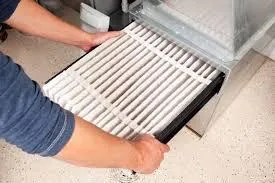
Dehumidifiers
Keeping your home at a relatively low humidity level-below 50 percent-can limit the spread of dust mites and the allergens they produce. A dehumidifier can help you do that.
WHERE TO USE IT: Running a dehumidifier in the basement may help reduce humidity in the whole house, says M. Bilal Khalid, MD, a Delaware Allergist and Clinical Immunologist. He says keeping indoor humidity levels below 50 percent may be especially helpful to people who are allergic to dust mites. These pests thrive on moisture and human skin cells, and make their homes in bedding, upholstery, carpets, and other soft surfaces. "When all three are present, they grow exponentially," Khalid says. Choose a dehumidifier that's big enough to handle the space you want to keep dry, opting for a larger one if the area is typically damp. Wherever you place it, make sure your dehumidifier is at least a foot from walls and furniture so that air can freely flow in and out (note that some dehumidifiers vent on the top, others on the side).
HOW TO MAINTAIN IT: Check the dehumidifier's indicator lights to know when it's time to clean the filter and, if the device isn't hooked up to a hose and drain, empty the water tank.
PRO TIP: Check our ratings for a dehumidifier with an accurate humidistat. That's a control that turns the device off when it reaches a set humidity, and back on when humidity levels go back up again.
